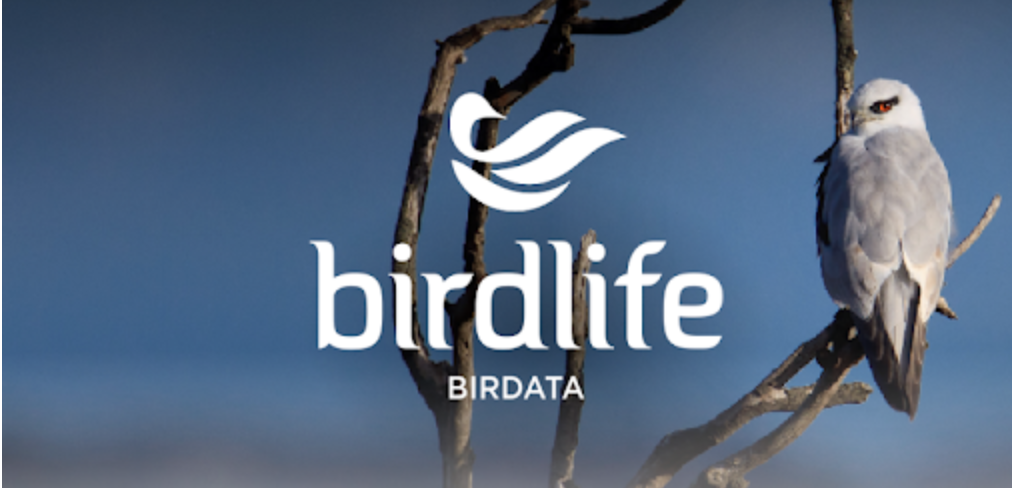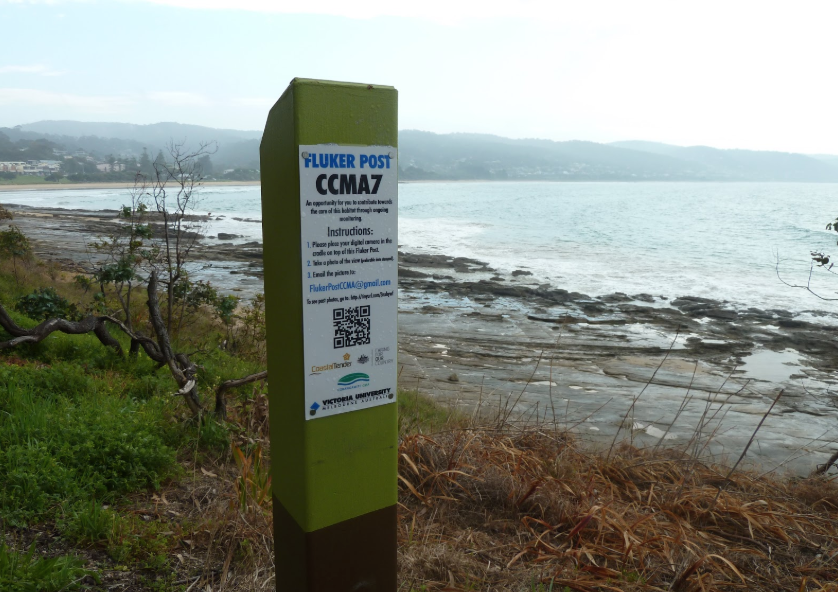Sharing knowledge can power engagement. It can also fuel innovation. To fully realise the social, economic and environmental benefits and investment in science and research, organisations we must communicate and engage the wider community in science.
Citizen science involves public participation and collaboration in scientific research with the aim to increase scientific knowledge. It’s a great way to harness community skills and passion to fuel the capacity of science to answer our questions about the world and how it works.
We’ve explored some local citizen science apps Australian nonprofits use to increase engagement, successfully targeting audiences in environmental management and scientific research.
And, to help you get acquainted, we have reached out to managers of five of Australia’s largest citizen science programs to see how they’re successfully implementing a digital approach to citizen science.
Before we begin if you believe we should include others in our list please let us know. We’d be happy to share. Now, without further ado let’s dig into these apps making it easier to generate a steady stream of usable scientific data while engaging our communities.
iNaturalist: Powerful Citizen Science Portal

iNaturalist is an easy-to-use citizen science portal connected to The Australasian Fishes Project, created to utilize the observation skills of Australian water users and collect valuable data on our fish.
Here’s how it works:
- User-submitted fish photos without restriction – any number of any fish, anywhere.
- A network of experts are at the ready to identify the fish.
- Photo geotagging, compulsory user-submitted data and fish identities create observations.
- Reports are uploaded onto the project website for more accuracy and further inspection.
Nonprofit managers can easily use the website to sort and download fish observations by taxonomic group or location. Should this app be useful to you and your community, feel free to contact the project team as they’re keen (and responsive) on seeing their app used for management purposes. To get a closer look, check out their handy how-to videohttps://www.youtube.com/watch?v=iO5ocBxKN1w outlining the basics of their project.
ClimateWatch: Climate Change Tracking App

Earthwatch provides free ClimateWatch resources to help collect data and contribute to our knowledge of Australian phenology. The ClimateWatch app was developed by EarthWatch with the Bureau of Meteorology and The University of Melbourne to help scientists and land managers more clearly track the procession of climate change over time through widespread individuals recording impacts on biodiversity.
The research helps to:
- Track changes in species distribution
- Record animal migratory behaviours
- Track intense and often unexpected weather systems or episodes
- Record key biological events for specific areas and species (flowering plants, nesting, etc.)
Over the years an amazing nationwide database has been established that’s widely used by scientists seeking to map these changes. They do this through collaborating with local land managers to create ‘ClimateWatch Trails’ where members record observations in parks and reserves – data then used in environmental planning and management.
The CEO of Earthwatch Australia, Cassandra Nichols, says the project was an opportunity to bring nature to people.
“What ClimateWatch is looking at is changes to the timing of events, so what we are able to do is find out whether plants are flowering or birds or animals are breeding earlier.”
Dr Marie Keatley from the University of Melbourne said the data would fill important gaps in Australian science.
“Compared with the northern hemisphere, Australia has a very poor record of when things flower, when birds arrive or disappear, and they are really simple indicators of a changing climate.”
“Once we’ve built 10 plus years of records, we’ll be able to say, ‘These observations have changed’ and we’ll be able to see if that’s happening quickly or not.”
If you are interested in setting up a ClimateWatch trail or just want to investigate 60+ ClimateWatch Trails go to climatewatch.org.au/trails.
Birdata: App for Australian Birdwatchers & Landmangers

The Birdata app was developed through Birdlife Australia as a platform for volunteers and researchers connected to the ‘State of Australia’s Birds’ report series. To date, over the last couple of decades, Birdata’s helped collect over 16 million bird records from 1.2 million surveys.
Here’s how the mobile app works:
- Users can enter simple bird survey data directly in the field.
- Receive helpful feedback on their surveys in conjunction with reporting stats.
- Incorporate data with the Atlas of Australian Birds.
Birdata also offers a more comprehensive reporting and data management functionality, like being able to tailor the app to collect and record observations for regional bird monitoring projects. To help new users or staff, members conduct workshops to demonstrate how to use the app and plan their own local monitoring programs.
Interested in your own program? For more information call (03) 9347 0757 or email info@birdlife.org.au.
The Fluker Post App: Community-Driven Environmental Watch

Since 2008 the Fluker Post Project (created by Martin Fluker) has been a transformative approach to community-based environmental monitoring. A decade later, the Fluker Post App was launched in collaboration with Victoria University and the Victorian Government – funded through the $30 million Regional Riparian Action Plan, part of the $222 million committed to improving waterway and catchment health in Victoria – to help land managers make more informed decisions.
Here’s how it works:
- A Fluker Post is a special wooden post with grooves in the top for mobile devices like in the image above.
- The project has a decade’s worth of photo monitoring, made more accessible via the app.
- People use the posts to take photos of the same habitat over time, submit them (you can also email them in) and look at all previous archived posts on their phones.
- These photos create a visual timeline, showing changes to the natural environments they’re strategically placed in.
- There are currently over 150 environments being monitored with Fluker Posts.
Of particular note is how the app is being used as a citizen scientist program to help keep a closer eye on waterways across Victoria, including the relatively new Flagship Waterways and EstuaryWatch Fluker Post sites.
Interested in getting involved? Visit the website or contact Dr Martin Fluker at Martin.Fluker@vu.edu.au, or Karen Dickinson, Project Officer-Waterway Health at DELWP at karen.dickinson@delwp.vic.gov.au.
Hopefully, these examples have given you a clearer idea of how app-based technology can dramatically improve connectivity between a nonprofit initiative and the people. If you’d like to get started with your own citizen science project, there are a number of things you need to consider.
We live in an innovative society with a technologically skilled workforce, a scientifically literate community with some well-informed decision makers. Many, who advocate for community engagement within their organisation, understand the impact that citizen science can have, but soon feel swamped in achieving digital outreach. Virtual reality. Augmented reality. Machine learning. Voice and Video technology. Native. Hybrid. AI chatbots. Advanced search algorithms. CRMs, APIs, LDAPs, and more. Oh my!
We understand that for management teams in nonprofit sectors, it can be especially daunting to solidify a digital engagement strategy that will fit your community, integrate into existing platforms, and can be optimised to work with your shifting organisational agenda. The potential for community outreach has never been so profound thanks to an incredible variety of emergent and evolving technology, but it’s often difficult not to suffer from decision paralysis when seeking cut through to your audience.
How to get started with your own citizen science project
Seeking funding?
The Inspiring Australia – Science Engagement Programme provides funding of approximately $7.25 million in 2018-19 and ongoing funding of $7.23 million per year from 2019-20 for a range of activities that will be delivered under the Inspiring Australia banner. The Minister may approve additional funding for programme elements from time to time.
The programme contributes to the broader goals of science engagement in Australia. For more information read the Program Guidelines.
Seeking consultation?
If you are considering citizen science as part of your engagement strategy, we’d love for you to learn more about us and connect. Plural Agency works with national organisations to evolve their engagement strategy—with a focus on how positive customer experiences can improve the trajectory of social and business objectives while nurturing the health and wellbeing of Australian communities.
About the Author: Wil Wylie works with national organisations to evolve their engagement strategy—with a focus on how positive customer experiences can deliver on the value. He regularly plays a central, hands-on role in project delivery, giving executive direction and leadership to the team as well as helping uncover insights and opportunities, and ensuring stakeholders are brought along for the journey.
